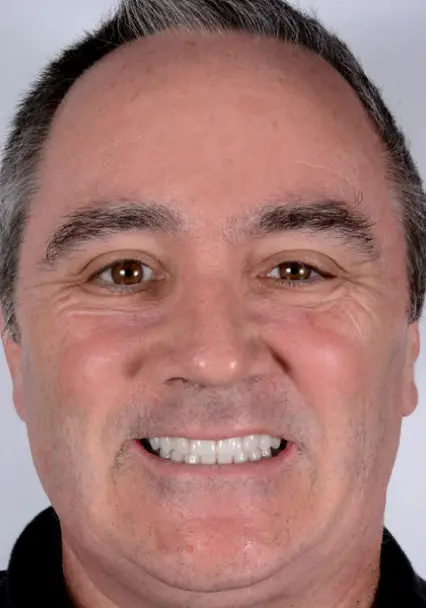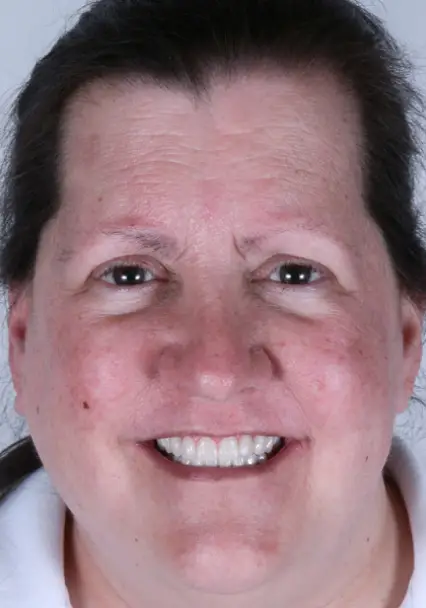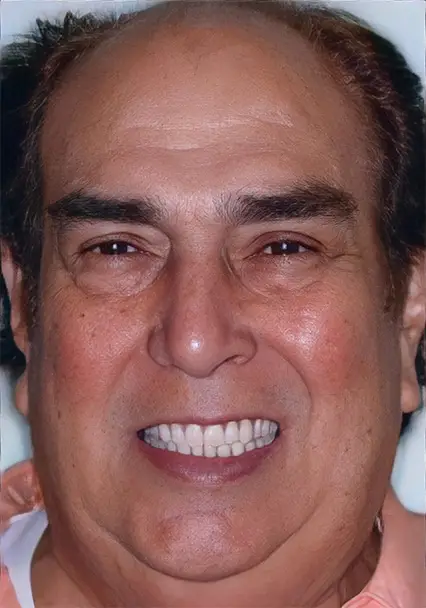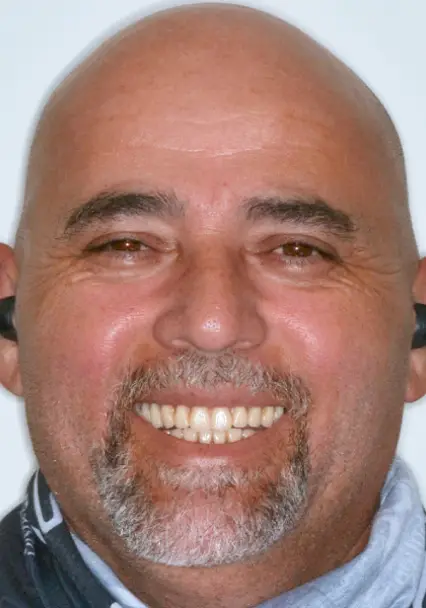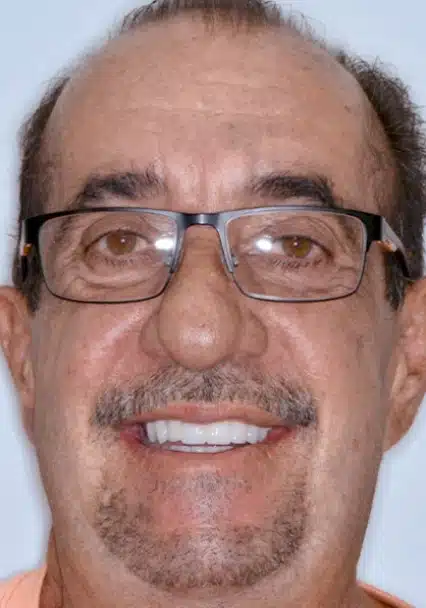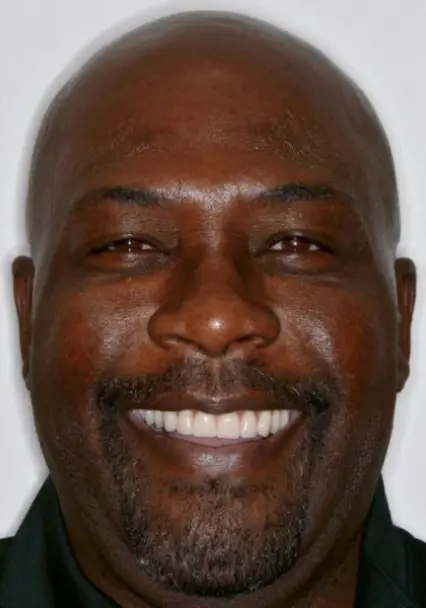Home / Dental Services / Oral Surgery
Oral Surgery Miami, FL
Oral and Maxillofacial Surgery is a specialty within dentistry that deals with problems related to the mouth, face, jaws, teeth, tongue, lips, and gums. It is also called OMFS. Oral and maxillofacial surgeons are highly trained professionals who specialize in treating patients with oral and maxillofacial injuries and diseases. Gallardo Periodontics and Implant Dentistry in Miami, FL offers a full range of oral and maxillofacial surgery to correct these conditions and restore normal function and appearance.
Oral Surgery Benefits
01
Resolution of Complex Dental Issues
Oral surgery provides solutions for complex dental problems, such as impacted wisdom teeth, facial trauma, jaw misalignment, or bone loss. It addresses underlying issues to restore oral health and improve overall well-being.
02
Enhanced Oral Function and Comfort
Certain conditions, such as impacted teeth or temporomandibular joint disorders, can cause discomfort and hinder proper oral function. Oral surgery can alleviate pain, restore normal function, and improve overall oral comfort.
03
Improved Facial Aesthetics
Oral surgery procedures, such as orthognathic surgery or dental implant placement, can enhance facial aesthetics by correcting jaw alignment, restoring missing teeth, or improving the balance and symmetry of the face.
When it comes to oral care, there’s a lot more to consider than just aesthetics. A healthy mouth is vital to your well being, but there’s a lot that can go wrong. With problems ranging from impacted or infected teeth to misshapen gums and insufficient jawbone tissue, an issue in your mouth can lead to severe pain, difficulty speaking, and even malnourishment.
To help you solve these problems and more, Gallardo Periodontics and Implant Dentistry in Miami, FL offers a full range of oral and maxillofacial surgery to provide you with straightforward and effective treatment options.

Wisdom Teeth Removal
Originally used to help grind tough foods like roots and raw grains, wisdom teeth are no longer necessary in our day to day life. Even worse, since the human jawbone has grown smaller over the years, wisdom teeth often have their growth blocked by other teeth. This problem is known as impaction, and it can be both painful and dangerous. In many other cases, wisdom teeth are only able to partially erupt through the gum, leaving difficult-to-clean crevices that are a breeding ground for bacteria.
To solve the pain and infections caused by crowded wisdom teeth, up to 85% of adults eventually have them removed. The surgery is performed under anesthesia and normally requires an incision in the gum as well as a small amount of bone removal. Recovery typically takes around a week, and the problem of painful and crowded teeth is permanently solved.
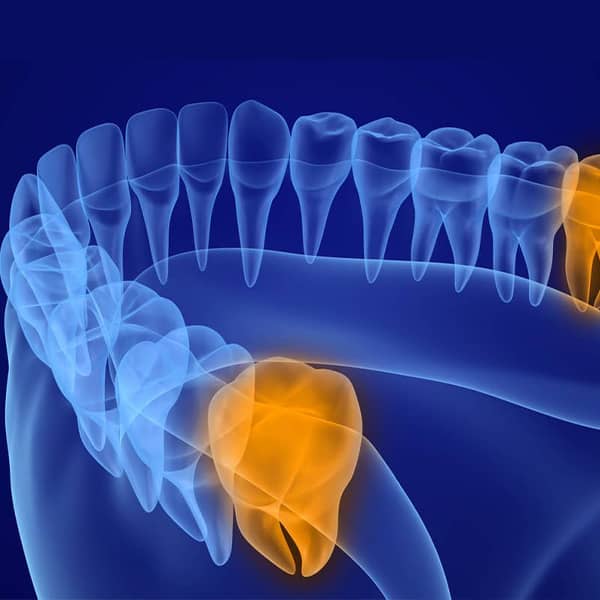
Other Impacted Teeth
Wisdom teeth aren’t the only teeth that can become impacted. It is possible for any tooth to become blocked by insufficient room, excessively dense bone, too much soft tissue, or other abnormalities. The most common results of this are pain and infections, but swelling and difficulty opening the jaw also occur. The most common solution is to surgically remove the impacted tooth in the same way that a wisdom tooth extraction is performed.
Cuspid and/or Canine Exposure
THE SOLUTION MUCH SIMPLER
In some cases, complete extraction of an impacted tooth is undesirable because the tooth is functionally necessary or located in a prominent position in the mouth. This is especially true in cases where a cuspid, or canine tooth, is impacted. It is often possible to help it to erupt into its natural position in the mouth, particularly if the impaction is detected early.
If the cuspids need some help and braces are insufficient to open up the space, oral surgery becomes necessary to remove growths or retained baby teeth that may be blocking the path. In some cases, other adult teeth might even be removed to make room for the canines, since they are so important functionally.
In most cases, removing obstructions by age 12 will allow the tooth to come into position, but by the early teens, the tooth might require additional help. The gum will be carefully lifted to expose the cuspid underneath, and a thin gold chain will be attached to the tooth with an orthodontic bracket. The chain will then be attached to a rubber band that will gradually pull the tooth into position over the course of a year or so.
Since the procedure is much more involved at later ages, it’s important for children to be screened for potential dental problems when they are around 7 years old. This can allow early detection that will make the solution much simpler.
Dentoalveolar Surgery
Dentoalveolar surgery includes a wide variety of medically necessary procedures performed in the mouth. In addition to removal of decayed or infected teeth, this can include removing oral cysts and lesions for biopsy, managing oral infections by draining pus and removing bacteria, and reshaping the gums and bones that support the teeth. Since these procedures are so variable, a consultation is necessary to determine what will be required in your case.
Oral Pathology
An early examination is the best way to determine if you have a problem in your mouth. Normally, the skin lining the mouth is smooth and pink in color. During an examination, we look for red or white patches in the mouth, sores that bleed and do not heal, and lumps or thickenings on the skin lining the inside of the mouth. A chronic sore throat or difficulty in chewing and swallowing are also risk factors. These can all be signs of a developing pathological process, which can be as serious as oral cancer. If you detect any of these signs in your own mouth, be sure to have a professional examine it to catch any problems early.
Conebeam CT
To aid in precise visualization, we use a conebeam CT, which is a specialized x-ray machine that provides a 3-D image of nerves, soft tissue, and bone in the craniofacial region. The arm of the machine rotates 360 degrees around the head to provide all of this information in a single scan. The information is then used to plan treatment of conditions such as impacted teeth, dental implants, jaw tumors, pain location, and reconstruction via oral/maxillofacial surgery.
Routine Extractions
THE PATIENT’S OWN GROWTH FACTORS ARE USED FOR HEALING
The most common reason for tooth extraction is decay due to neglect or trauma. When detected early, decay can be treated with fillings, but excessive decay calls for an extraction. This procedure is normally performed under a local anesthetic and is relatively simple, but it can be complicated by abnormalities in the root shape. In some cases, the socket will be filled with a bone substitute after the original tooth is extracted.
In many cases, the patient’s own growth factors are used for healing.
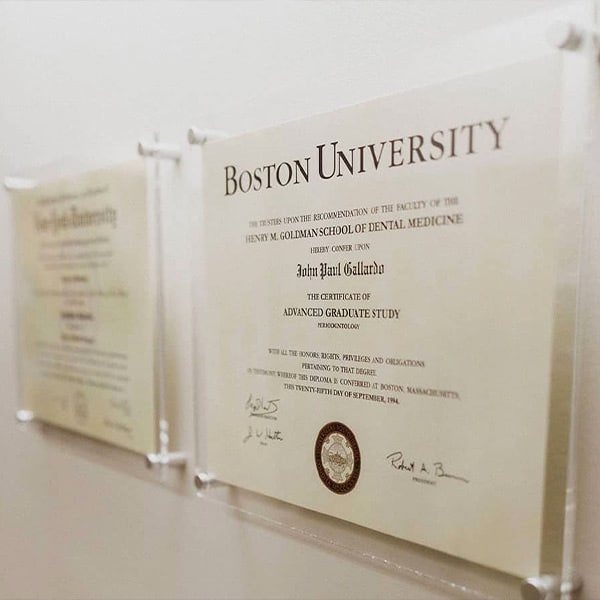
Bone Grafting Surgery
Bone grafting is normally performed before placing dental implants in order to augment insufficient or excessively soft bone tissue. In order to create a more solid base for the implant, a new piece of bone is taken from elsewhere in your jaw or from somewhere else in your body, such as a hip, and transplanted to the correct position in your jaw. In some cases, this can be done at the same time as the implant placement, while in other cases it may take nearly a year for the graft to heal before the implants can be placed.
Our Work Speaks for Itself
What Our Patients Say
Committed to your results
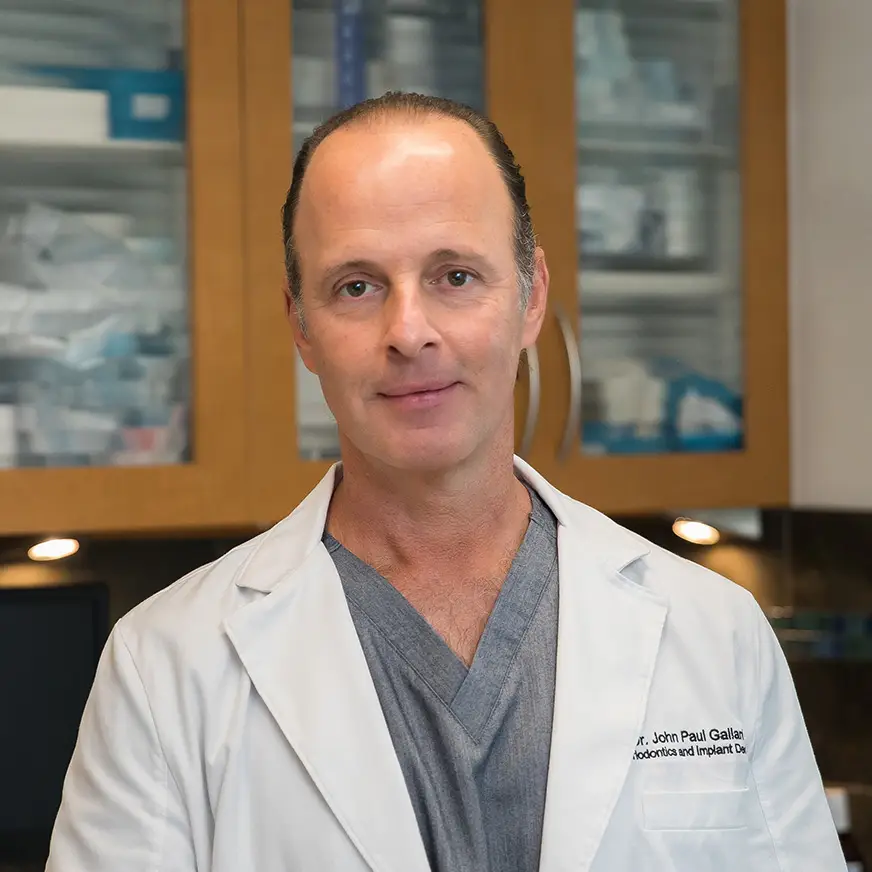
Why Choose Dr. Gallardo for Your Oral Surgery
- Dr. Gallardo has 30 years of experience offering dental implants and specialized periodontics to patients throughout South Florida.
- Dr. Gallardo is a graduate from the University of Miami and received his Doctor of Dental Surgery degree from New York University College of Dentistry.
- Accepted into the V.A. Medical Center General Practice Residency Program of the U.S Department of Veterans Affairs where he was honored with the “Outstanding Resident of the Year” Award.
- He has lectured nationally and internationally to dentists and hygienists and has been sponsored by companies such as Procter and Gamble to speak on clinical topics related to gum disease and implant dentistry.
- Dr. Gallardo remains a leader in periodontics and implant dentistry through his active and past involvement with University of Florida, Florida Association of Periodontists and North American Society of Periodontists.
Frequently Asked Questions About Oral Surgery
What oral surgery office is near me?
If you live near Miami, FL, Gallardo Periodontics and Implant Dentistry offers oral surgery among its services, and is conveniently located at 2020 SW 27th Ave Miami, FL 33145

